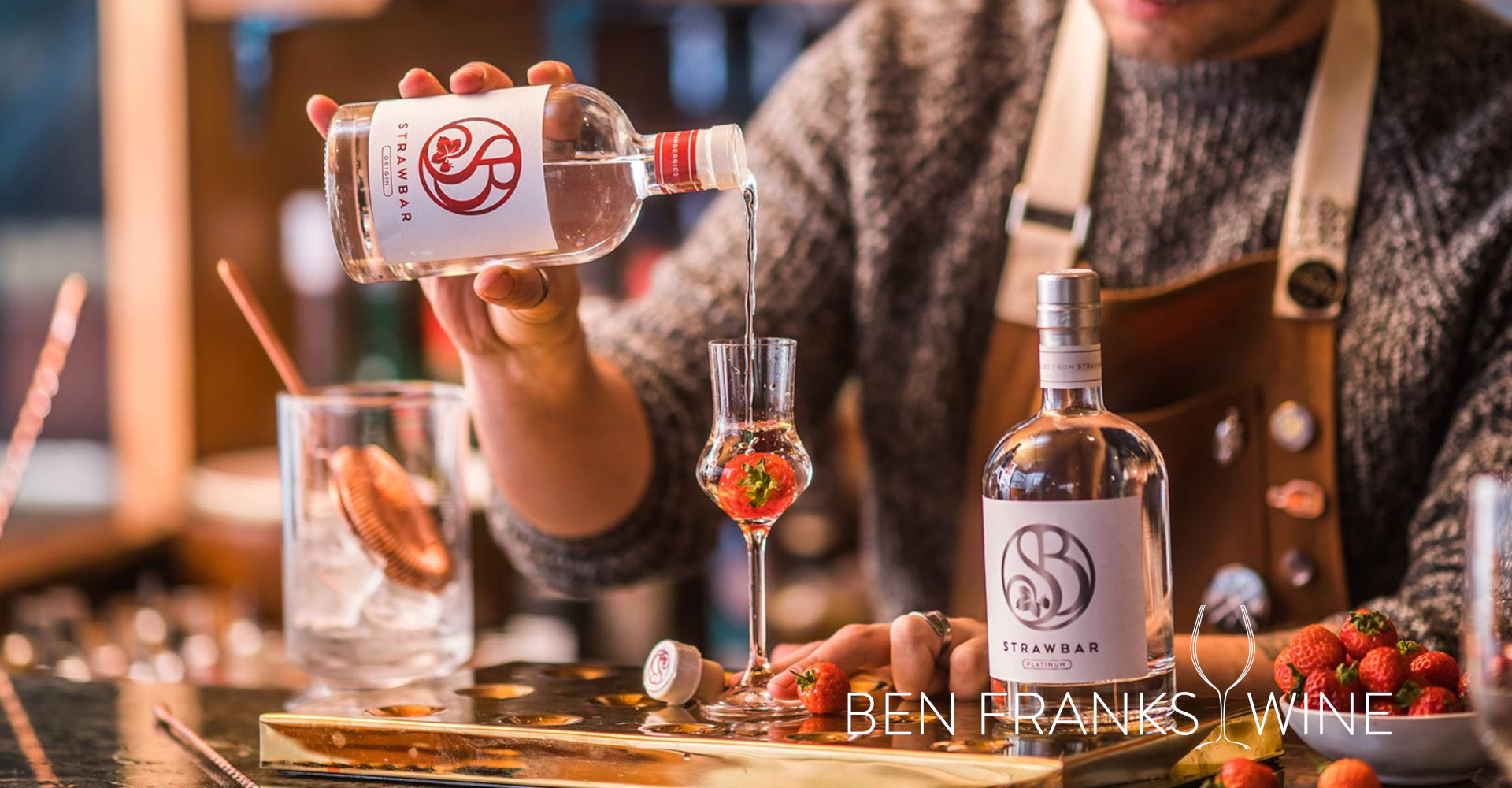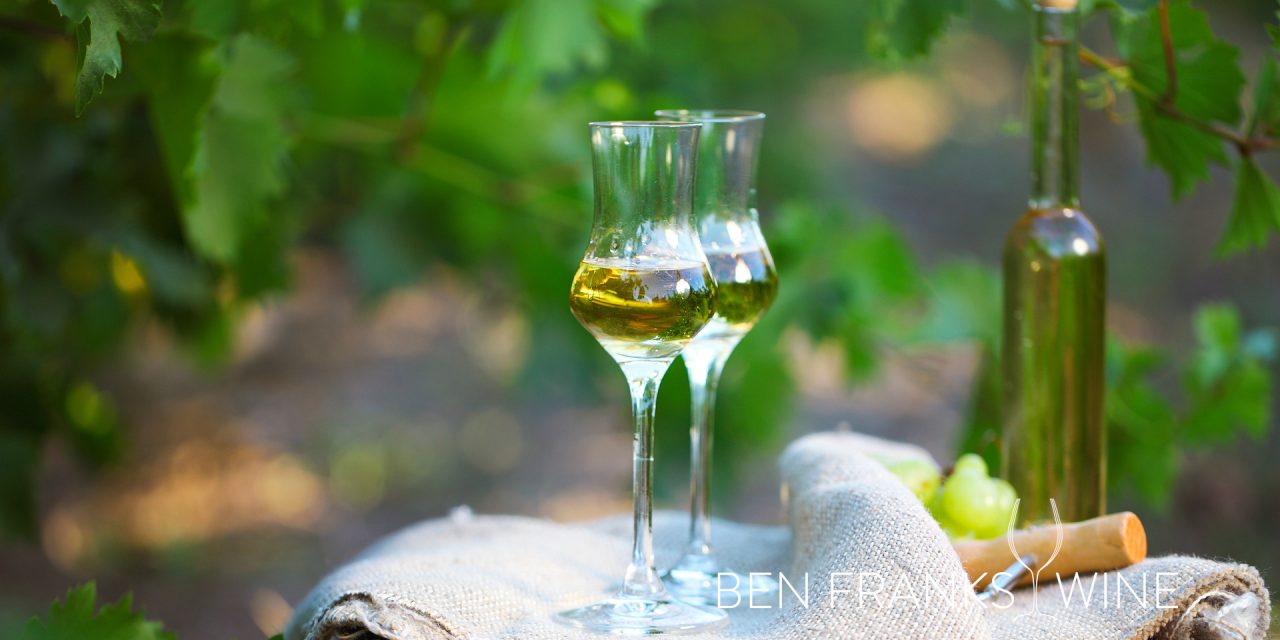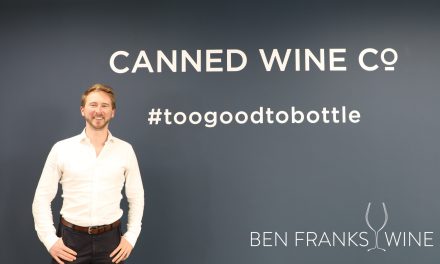There’s no question that when Eau de Vie is great, it’s something truly special. Distilleries like Capreolus Distillery in the UK, hallmark Austrian brand Rochelt and Hungary’s Bestillo palinkas are all memory-making sipping spirits. But how does a newcomer Eau de Vie create market share in this niche UK market?
Ever heard of Eau de Vie?
There are currently 97 different Eau de Vies stocked by The Whisky Exchange, with the majority coming from Austria, England and France. Interestingly, this portfolio purposefully excludes Raki, Arak, and over 60 Grappas.
That’s a lot of choice for Eau de Vie, a category of spirits that few people venture in to explore here in the UK. As someone who started tasting and getting excited by Eau de View a few years ago, this category has always fascinated me. It feels more craft than the gins being pushed out in small batch garage projects, yet somehow straddles over to artistry in a way that lifts it out of artisan-style messiness and into the wall space of a Vienna museum.
The nature of Eau de Vie, which in theory is any spirit but in practice focuses on colourless fruit brandies, is as a digestif; it’s a serving described as a drop, a snifter, or a small one. We drink it for taste, to sip at the end of an evening. Eau de Vie is not something you start with, nor does it sit in the middle of a night’s drinking as an accelerator to whimsy.
But how many of us enjoy a digestif these days? Is there really a place for a newcomer distiller to launch an Eau de Vie today? And how much are we willing to pay to try it?
Why Eau de Vie is something special
The magic of fermentation is taking a raw material with sugar (fruit, or from converting starch of grains and so on), adding yeast and heat, and turning it into a myriad of flavours and textures that accentuate the place it was grown and the people involved in making it. What happens with distillation is similarly interesting. Distillation concentrates further the alcoholic part of the wine, bringing with it acidities and textures that become piercing and intense. The talent of balancing those volatile and strong flavours is what separates the finest distillers from the rest, and the exceptional space Eau de Vie has marked out is in actually appreciating those alcoholic textures, aromas and flavours, as opposed to trying to soften or hide them – like great whisky and brandy do with time.
As you are essentially heightening all the elements of the raw material through this process, in a lower alcohol distillation (for example, a pot still project as opposed to repeated distillation through a tall column still like in vodka production) the raw material quality is so important. This is something of a focus for pioneers of Eau de Vie like English distiller Barney Wilczak at Capreolus Distillery. His obsessive approach to perfection means washing and grading each piece of fruit by hand and only using the best in small batch, limited run distillations. This laser sharp focus won him listings at places like London’s Sketch, L’Enclume and Hedonism Wines.
A couple of years ago, Nicolas Palazzi – an importer in the US – said it best in a Punch article by Tyler Zielinski, writing that unlike most spirits producers distillers of Eau de Vie “care about the field, the vines, the orchard, the fruits” beyond the art of distillation itself. This is reflected in the finest examples, whether you’re looking at the finest Poire Williams, quince palinka from Hungary, or apricot raki from Bulgaria. The best are defined by clean aromas that bring you the very essence of the fruit they’re made from.
We drink Eau de Vie as a digestif and so it occupies the same space as Cognac still purveys. Cognac is a warming end to an evening, the perfect end to an indulgent dinner, while Eau de Vie is electric – it revives you through aroma, engages you in its complexity. You might settle into a Cognac, appreciate its history and maturity, but you lean into an Eau de Vie.
Why price and volumes will be a hurdle
The elephant in the room when it comes to Eau de Vie’s market growth and the opportunity for brands to get involved, is the price and – by the nature of making it well – the volume available. Almost all other categories of spirit have entry level examples that are accessible on a wider scale for consumers to buy, try and then begin to explore the category. The issue with Eau de Vie is that a good one relies almost entirely on a distiller using the best fruit and controlling distillation through small batch pot stills. It’s a very hard thing to scale well, and it’s almost impossible to ensure the quality of fruit on the cheap – let alone the labour to hand grade everything, like they do at Capreolus.
Eau de Vie producers have started bottling their products at smaller volumes. Some of the Hungarian distiller Bestillo’s finest pálinkas are more accessible to try because they’re bottled in 20cl formats, for example. Even then, the ask is usually north of £30 in the UK. Smaller formats remain attractive though, for both distiller and consumer, as it presents more points of sale for the producer, while the culture of sipping an Eau de Vie is – for most of us – an occasion rather than a practice.
You could argue that Eau de Vie does not need to be cheap. Perhaps not, but this means you are always going to have an issue of accessibility.
How Eau de Vie can overcome pricing issues and establish a market
When you are launching a spirit into a space that requires premium pricing because of the nature of its production, you are seeking the attention of people who have a large amount of choice in front of them.
The world of luxury spirits is saturated and growing, especially against a backdrop of drinking less but trading up. Tequila is the most successful recent spirit to drastically increase its value, despite its volume, and has recently become the second most valuable spirit in the US. The news, based on data from the IWSR, also shares that premiumisation continues to increase in the market.
Great Eau de Vie must be brand-led. It should ooze premium luxury. Some older Eau de Vie producers are resting on their laurels with traditional branding and comfortable established markets, giving newcomers a perfect opportunity to win new audiences and market share with great branding. Again, this is something Capreolus Distillery have done exceptionally well. Everything from the label and gift box to the stopper closure has been carefully thought through. Rochelt, the most famous and premium Austrian producer of Eau de Vie, is another example of great branding. It is almost like buying perfume. Both brands release their spirits as vintage statements, another nod to the connection of fruit, land and place to their final product.
However, the rest of the space is (for the most part) fairly ordinary. A tall necked slim bottle is often labelled with a traditional label, or they’ve gone to the same glassmaker as Mateus rosé with a sunken oblong shape mimicking a decanter. Making a strong brand impression on this space shouldn’t be a huge challenge with the right eye and market positioning.
It is important to launch with a brand that makes an impact but then be keen to evolve it quickly based on live market feedback and its demands. You’re a newcomer, you can be agile and adjust in a way no traditional spirit can. The best brands position and pivot as they grow, settling into adulthood only when they’ve built foundations strong enough to ensure commercial success.
Newcomers to the Eau de Vie space don’t have to be cheap, but they do have to invest and release brands that make an impact.

My top 3 Eau de Vie spirits to try right now
Not sure where to start? Try these Eau de Vie spirits, all available in the UK.
Capreolus Distillery Damson Eau de Vie 2019 43.0% abv, England
I don’t think anyone does Eau de Vie better than Barney Wilczak, who owns the Cotswolds-based Capreolus Distillery. I’ve already lauded him with praise throughout this piece as someone who can inspire new drinkers to appreciate Eau de Vie, and for distillers to aspire to the same level. This damson spirit sells for £105.00 direct from the distillery, but it’s not just good – it’s iconic. 24kg of Vale of Evesham damsons make one litre of this damson Eau de Vie and each piece of fruit is hand graded, gently fermented, and the stones sieved prior to distillation.
Strawbar Origin 40.0% abv, Greece
For full transparency, PHI Group – who make Strawbar – are one of my clients. Nevertheless, I only work with the most exciting brands I find and Strawbar is one of them. This project uses organically-cultivated wild strawberries grown around Florina in the northern Greek region of Macedonia. The fruit is pressed, with the pulp and seeds used for another skin care product so there’s zero waste, and then fermented into a strawberry wine that is then distilled. The tails are redistilled here so it has more volatile acidity and a grippy tannin. The aromas are immediately recognisable as sweet, dried strawberry fruit and the palate is a smoky, textural pleasure.
Etter Grappa Ticino Merlot Barrique 41.0% abv, Switzerland
Etter is a Swiss company based in Zug that has been making fruit brandies for over 100 years. While Grappa – a pomace-based brandy – is not necessarily the same as what we might call Eau de Vie, this more traditional style of digestif is interesting because it foreshadows what Eau de Vie can do when it plays with maturation in the same way as whiskies and, more recently, gins do. Without falling into heritage brandy production, these more grippy styles of barrique-matured spirit offer a new dimension playing with texture and flavour that is “more spirited” rather than oak driven. Textures of alcohol mingle with the ripe, fruity and tannic nature of the Merlot grapes, while the wood is warming and spicy. This recommendation might be a little more niche, but Hedonism wines in London is selling it for under £60.00, and at that price it’s well worth a go.






